
After fixing lots of issues with the first-generation Tensor-powered devices, Google is hitting a stride with the Pixel 7 and 7 Pro, alongside Android 13, just what can we expect in 2023? Here’s everything you need to know.
Table of contents
Video – Everything we expect Google to release in 2023
For more video content, subscribe to 9to5Google on YouTube.
Android 14
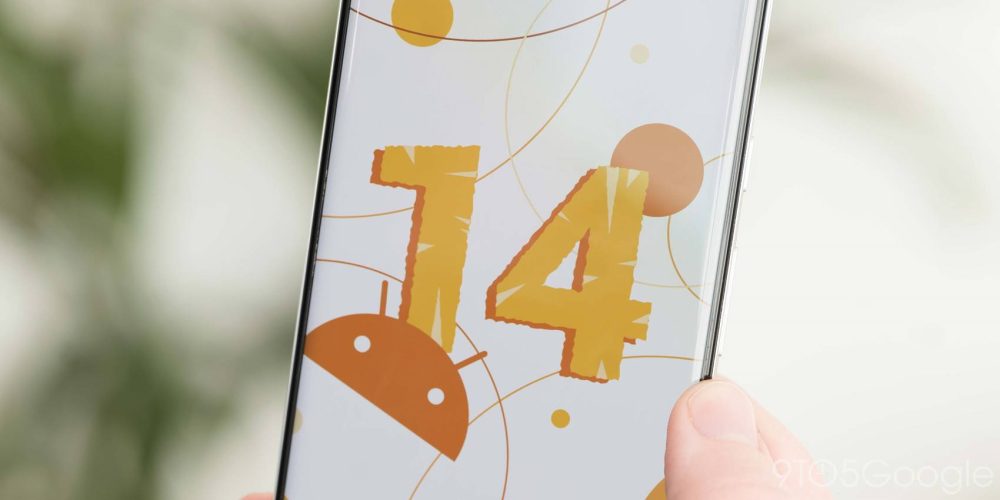

A nailed-on, 100% happening software release that is set to start with a Developer Preview phase followed by a public-facing Beta program. Before we get Android 14 in its Beta form, we are going to see a few Pixel Feature Drops for Made by Google devices. These quarterly updates are tested through QPR (Quarterly Platform Release) betas.
Like Android 13, we are unlikely to see Google make huge overhauls. Instead, we expect that we’ll see even more tweaks that utilize the massive Material You and Dynamic Color changes added back in the massive Android 12 update.
Last year, we saw some tighter integration and further tweaks to this wallpaper-led theming system. Most of this was merely cosmetic, but there was a little fine-tuning for the core feature set. We’re still awaiting more customization options as Material You has stripped fans of some of the most popular Pixel Launcher features from older builds. It’s not clear at this stage, but we expect more cosmetic changes. Let’s hope for a return of font and icon selection this time around.
Google has yet to share a launch timeline but given previous schedules of Android 12 and Android 13, it’s safe to suggest that Q3 2023 is likely when we’ll see the stable Android 14 build. That’s not the first time we’ll actually get to try the next OS, as Android Developer Previews are expected very soon. This will be followed by a public beta and, finally, the stable release in Q3.
Pixel Tablet
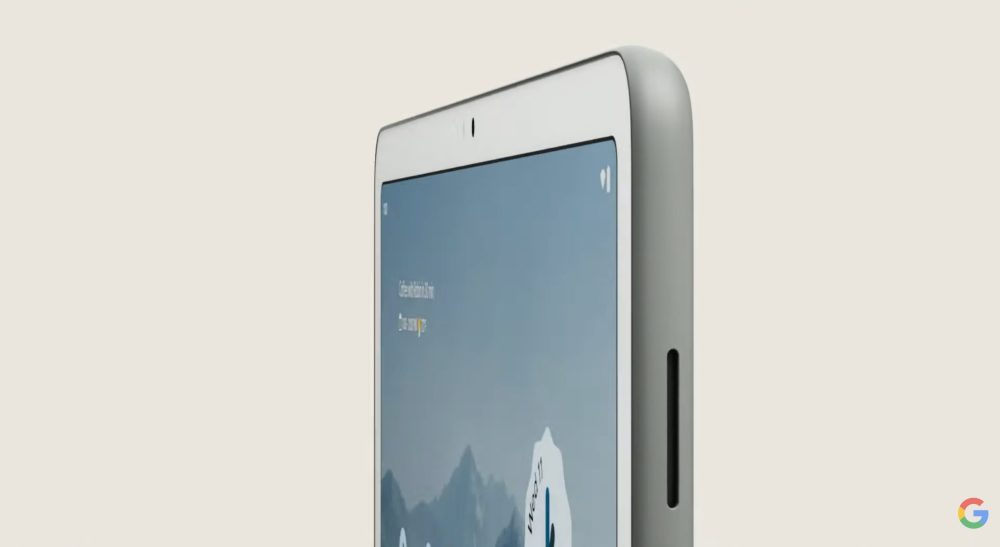

Back at I/O in mid-2022, it was confirmed that Google is set to release its first tablet since 2015 at some point in 2023. We wondered just how the Pixel Tablet would differentiate itself from the mountain of sub-par Android tablets already littering the market.
We have a fairly good idea of what to expect, but it’s the multiple use cases that make the Pixel Tablet one of Google’s most interesting products coming in 2023. Aside from operating as an 11-inch Android tablet, it’ll double as a smart home display courtesy of a Nest Hub-style charging dock.
With the Google Nest Hub Max now discontinued, it wouldn’t be too much of a stretch to see this as a real-world replacement but with added functionality. This also arguably makes it an easier sell for those wanting a dual-purpose device.

Like the iPad series, stylus support is coming to the Pixel Tablet with a “Notetaking” function mimicking the quick note option that exists on devices like the Galaxy S22 Ultra, Note series, and many other tablets. Connecting some dots, it wouldn’t be a stretch to imagine Google offering a first-party stylus to accompany the Pixel Tablet too. It’ll work with other USI-compatible devices though so you’ll likely have multiple options.
When we look at the hardware, the original soft unveil suggested it’ll use the first-generation Tensor processor, which is still very capable for a tablet. It’s expected to come in 128GB and 25GB storage variants. There will be front-facing and rear cameras too, but it’s unclear what sensors are being used.
Some signs also point to a “Pixel Tablet Pro” coming at some point in 2023. For context, we know that the Pixel tablet Google showed back in May last year is in development with the codename “tangor.” The existence of “tangorpro” strongly implies that Google is hard at work on a “Pro” variant of the Pixel tablet. As further evidence, we’ve also seen “tangor” shortened by Google to “t6” and a previous Android 13 Beta includes references to “t6pro.”
Pixel 7a
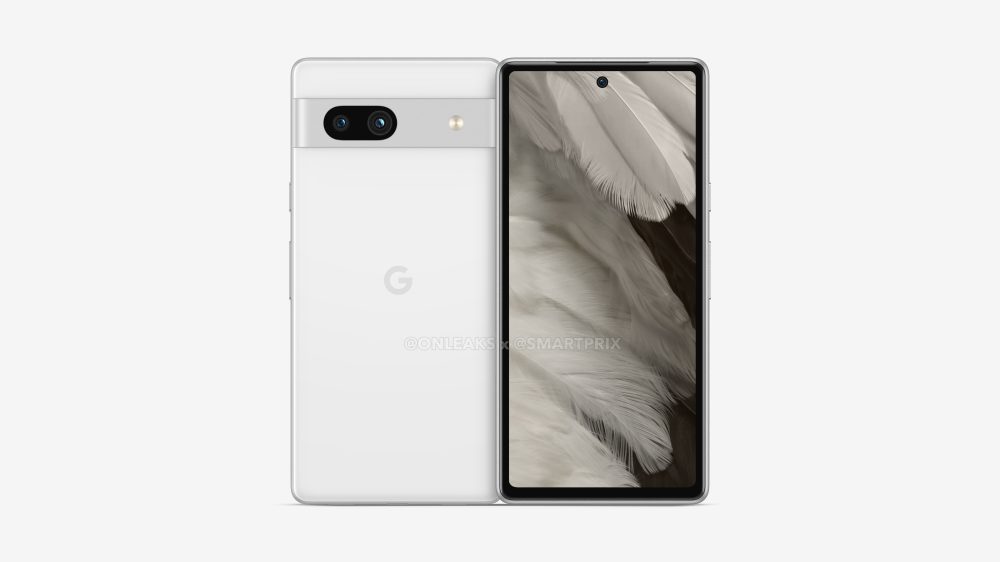
Another dead-cert for Google in 2023 is the Pixel 7a. A number of details have leaked about the upcoming mid-ranger that actually might make it a genuine rival to the regular Pixel 7. It’s going to launch with a 90Hz screen for the first time on a A-series smartphone and will also match the regular Pixel 7.
Early information hints that the Pixel 7a will also sport the 50-megapixel Samsung GN1 main sensor, which debuted on the Pixel 6 series. Things get a little confusing here as two other rear sensors have also been spotted. A 64-megapixel Sony IMX787 telephoto zoom lens plus a 13-megapixel Sony IMX712 ultrawide.
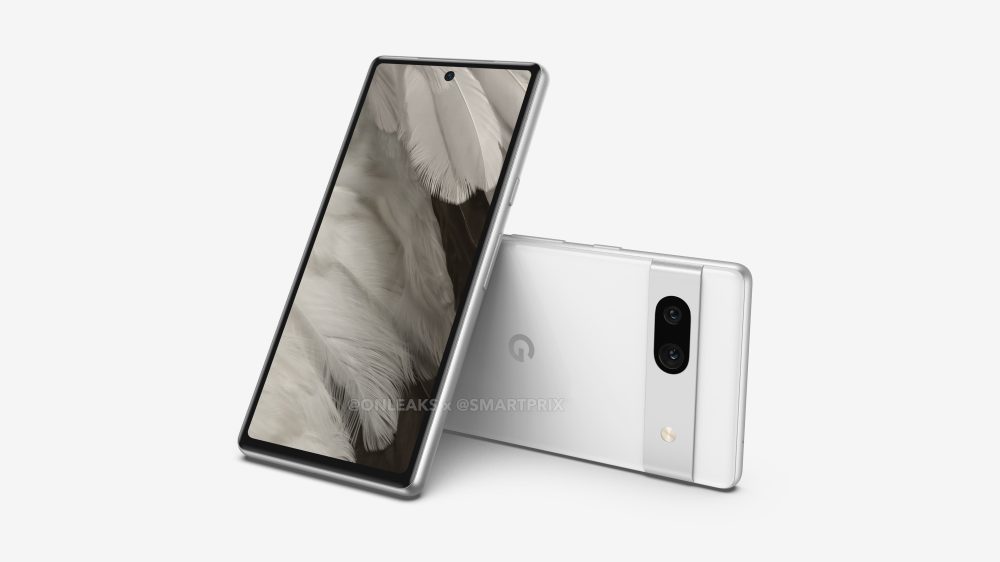
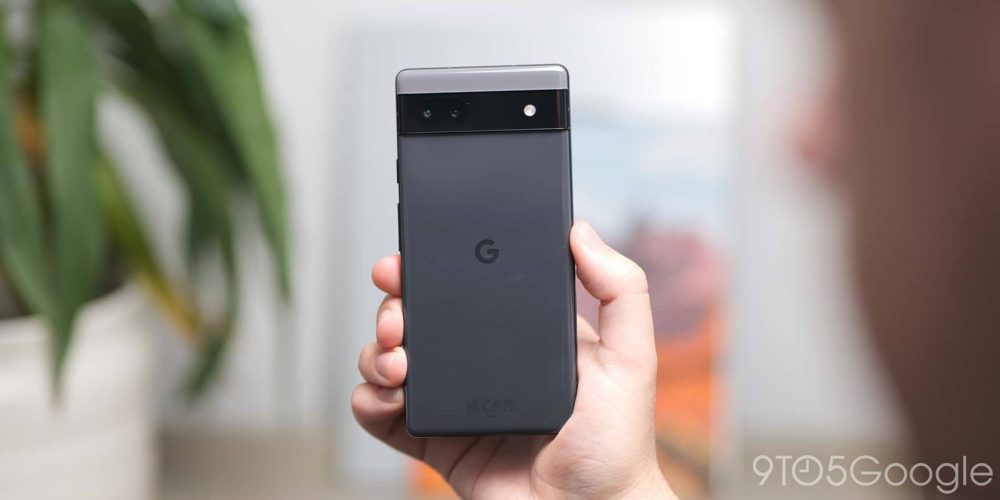
Interestingly early renders and a leaked hands-on video show two camera cutouts, which calls this information into question. The selfie camera also uses the IMX712 which could simply be an error as this might even allow for Face Unlock on the 7a.
Google could also finally add Qi wireless charging support to the A-series for 2023. The inclusion of a “P9222” chip will mean that wires won’t be needed to top up the mid-ranger, but it could be capped at 5W. It’s not clear if reverse wireless charging will be supported, but it’s likely.
One thing we don’t know at this stage is the release timeframe. With the Pixel 6a, Google restored the mid-year refresh cycle after launching previous A-series handsets in August. We would expect Google to confirm details at I/O 2023 sometime in May. Supposedly Google will price the 7a at the same $449 price point as the Pixel 6a. This is actually rather surprising to hear, given the large hardware upgrades and improvements.
Pixel Fold
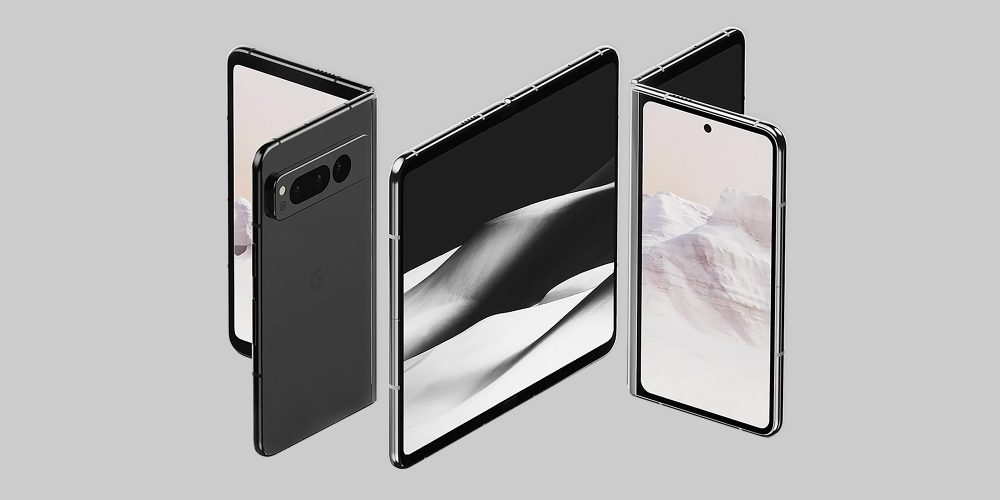
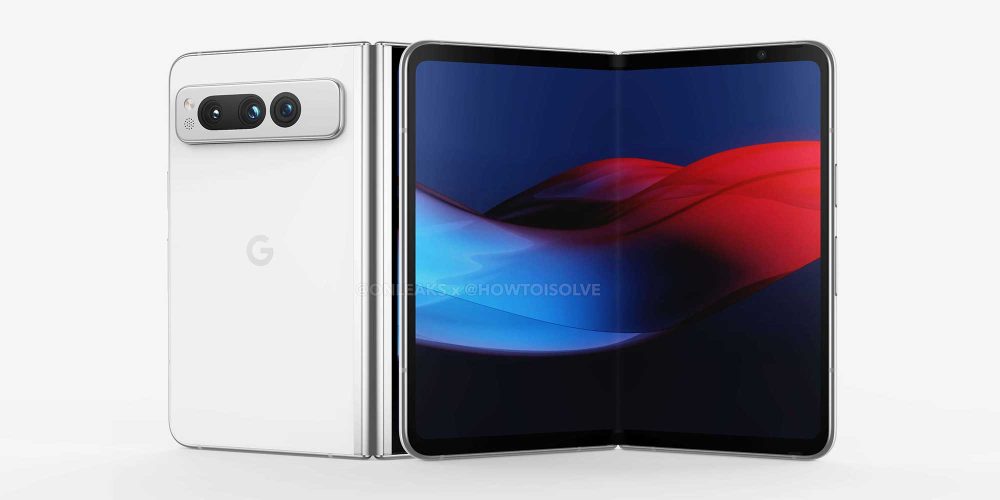
Since 2019, the foldable form factor has started to become more mainstream and devices are truly beginning to mature. Because of that, it’s no shock that Google has been working on a foldable smartphone of its own. Rumors suggest that one of the original Pixel Fold projects was canceled in late-2021.
More evidence was unearthed with the release of Android 12L, which prepared for more form factors with tuning and tweaks for folding displays. You could be forgiven for expecting Google to enter the space given those signals — as we did last year.
This second iteration of the Pixel Fold was poised to bring the same Google Tensor chip as used in the Pixel 6. However, unlike Google’s traditional flagship, this foldable was going to continue using the same dated cameras found in the Pixel 5.
However, just as momentum began to build around this second attempt at a Pixel Fold, particularly with the release of Android 12L, Google delayed the foldable once again. We believe this was around the time that the company again shifted focus, moving from “Pipit” to the third iteration, codenamed “Felix.”

Although it’s always subject to change, it appears that the “new” Google Pixel Fold is now locked in with renders showing the potential design, pricing, and proposed launch window. It’s expected to utilize the Tensor G2 processor but will have camera upgrades including the 64-megapixel Sony IMX787 main sensor. This is likely to be joined by telephoto, ultrawide, and front-facing cameras.
The outer screen should measure have a resolution of 1080 x 2100, while the 7.6-inch inner screen should be 1840 x 2208. Unlike the Pixel 7, neither of these screens will include an under-display fingerprint reader. The Pixel Fold looks set to use a side-mounted fingerprint reader embedded in the lock button for biometrics.
Chromecast with Google TV

Last year Google introduced the 1080p-only Chromecast with Google TV. It’s a fine addition to the lineup but wasn’t able to fully diminish some of the most prominent issues that the 4K version suffers with. Luckily, Google appears to be set to launch an updated model, hopefully, in 2023.
A recent build of the Google Home app has uncovered that the new Google TV device is referred to as “YTC.” Elsewhere within the app code, it’s directly confirmed that this is indeed a “Chromecast with Google TV” — alongside previous models “YTV” (Chromecast with Google TV) and “YTB” (Chromecast HD).
Could we see a true high-end Chromecast? Time will tell, but we’d even take a refreshed version of the current 4K model with more onboard storage. This has been one of the biggest roadblocks facing those that want to use the Google TV system. It would also be nice to see a processor bump, as the current iteration can be sluggish at times.
Pixel 8/8 Pro

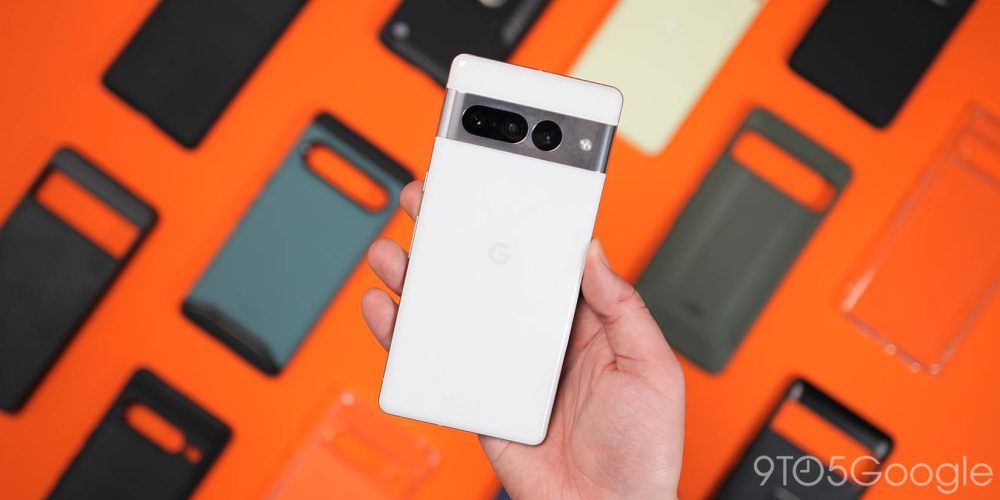
Details about the Pixel 8 and 8 Pro are thin on the ground at the moment. That doesn’t mean we have no clue about what is in store. The alleged codenames are “shiba” for the Pixel 8 and “husky” for the Pixel 8 Pro. We are expecting Google to continue refining the Pixel formula once again this time around.
It would be a huge shock if Google didn’t adhere to the regular Q3 launch for the Pixel 8 series. What’s interesting about this expected duo is the potential changes to the base Pixel 8. Apparently, it will be smaller than the existing Pixel 7 – which is still significant at 6.3 inches. This would represent the second year in a row that Google reduced the size of its base flagship device after the reduction in chassis size from Pixel 6 to 7 late last year.
The third-generation Tensor processor is another addition that would be extremely likely. Just how powerful this chipset will be is a major unknown, but Google has proven that the Pixel series is still capable despite Tensor not quite matching the power of Qualcomm’s flagship Snapdragon line.
Google AirTag

Fresh evidence suggests that we also might see Google launch its own take on an ultra-wideband (UWB) connected AirTag competitor. The tracker is said to be in development under the codename “Grogu,” which is a reference to the popular Star Wars series The Mandalorian.
That’s not all as other evidence has unearthed the alternate names “GR10” and “Groguaudio.” What’s interesting is that the Nest team appears to be taking lead on the development of this device. It also could arrive in multiple colors and the “Grogaudio” code hints that it’ll have a small speaker to bleep or ring when you want to locate the item. Just how Google aims to tackle some of the privacy concerns that have arisen since the launch of AirTags.
Nest Audio Pro
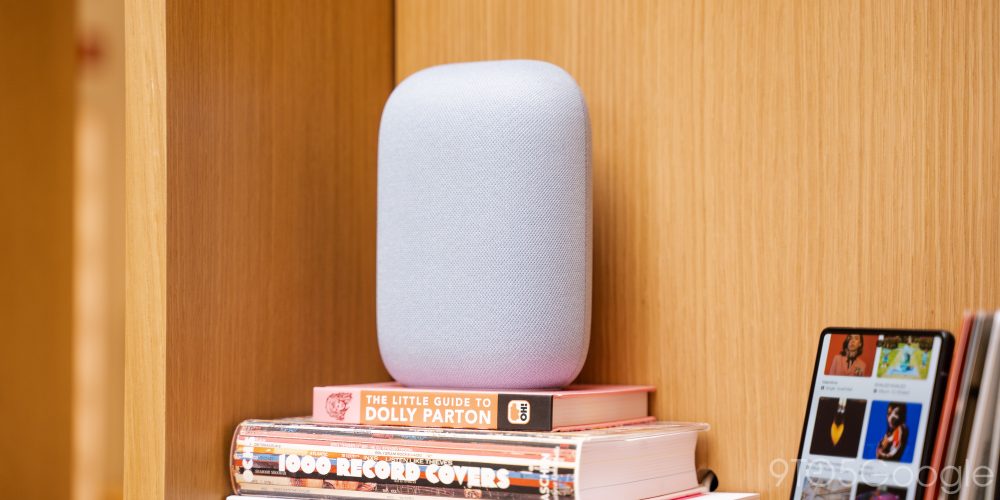

We don’t know if Google is specifically working on a Pro-version of the Nest Audio, but it certainly looks like something of that ilk is potentially coming to market in 2023. Signs of two upcoming Google devices have been in the Fuchsia code.
Top comment by Jonathan McHatton
Most looking forward to Pixel Tablet and the tags, but also always interested in what's in the next version of Android each year.
One appears to be a lower-end device, possibly the speaker-equipped Pixel Tablet dock or a third-gen Nest Mini, while the other looks like a full Nest Audio successor complete with UWB connectivity.
Based on just the timings alone, we believe it’s likely that Google’s next flagship Nest speaker — which could launch in either fall 2023 or spring 2024. This could also be the very first device to launch with Fuchsia installed by default.
Things we hope to see Google launch in 2023
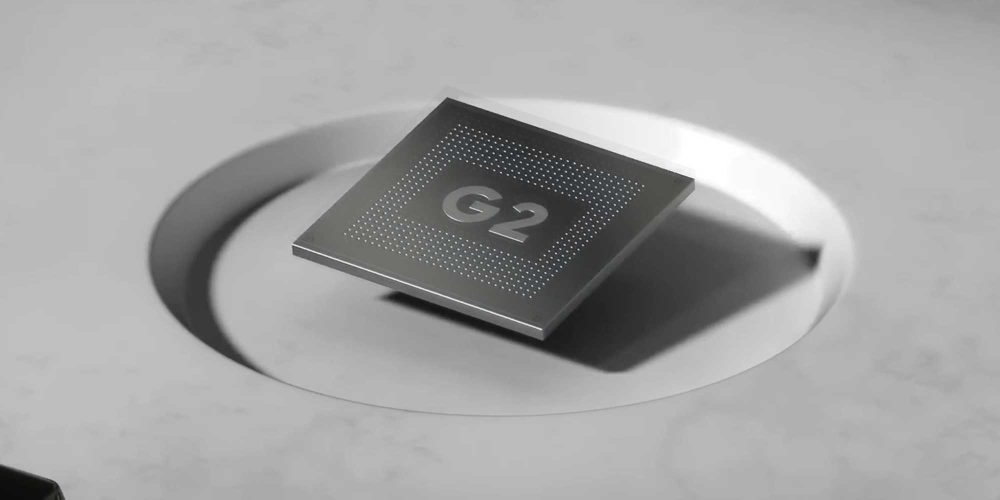
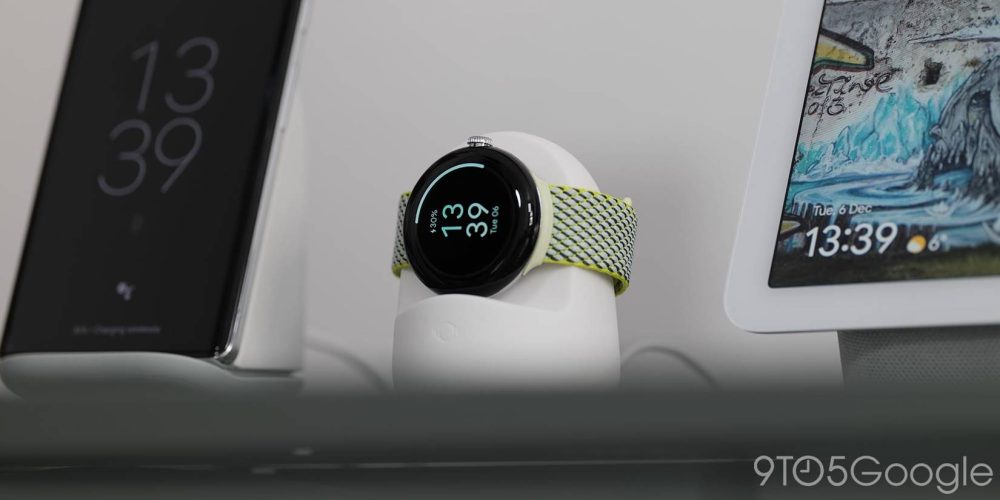

While there are some certainties, not all Google launches in 2023 are known. There are a number of things that we really hope to see come to fruition over the coming year including:
- Improved Pixel Watch
- The first-generation Pixel Watch was actually very impressive given some of the internal hardware shortcomings alongside a small size and somewhat disappointing lifespan.
- Tensor G3
- The second-generation Tensor chip was merely a bumped version of the original. While it is by far from a weak chipset, it could be a little bit more powerful. A focus on yet more AI-powered functionality is likely once again. We would like Google to attempt to match the current flagship-level Qualcomm lineup to improve all areas of the Pixel series.
- Updated Pixelbook
- It seems like Google has given up on first-party Chromebook hardware but there have been rumors about a Tensor-powered ChromeOS device in recent years. Sadly, this looks to have been canceled which means we might not ever see a follow-up to the Pixelbook Go or popular Pixelbook.
What Google launch in 2023 are you most excited about?
There’s quite a lot of information to unpack, and we’re sure that there are going to be numerous twists and turns throughout the year. However, what upcoming or proposed product launch are you most looking forward to in 2023? Is there anything you’re unsure of or think is not probable? Let us know down in the comments section below.
FTC: We use income earning auto affiliate links. More.




Comments